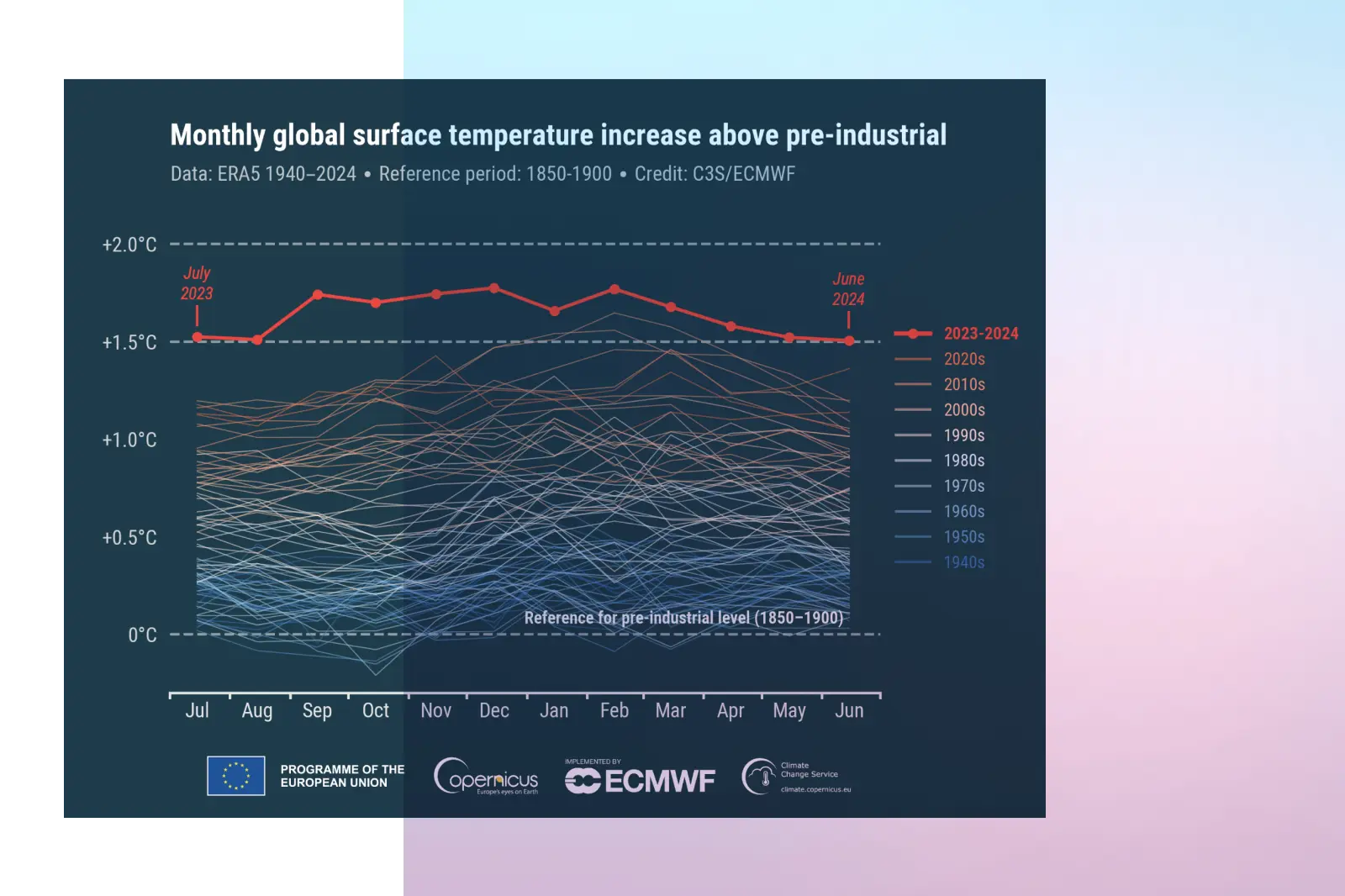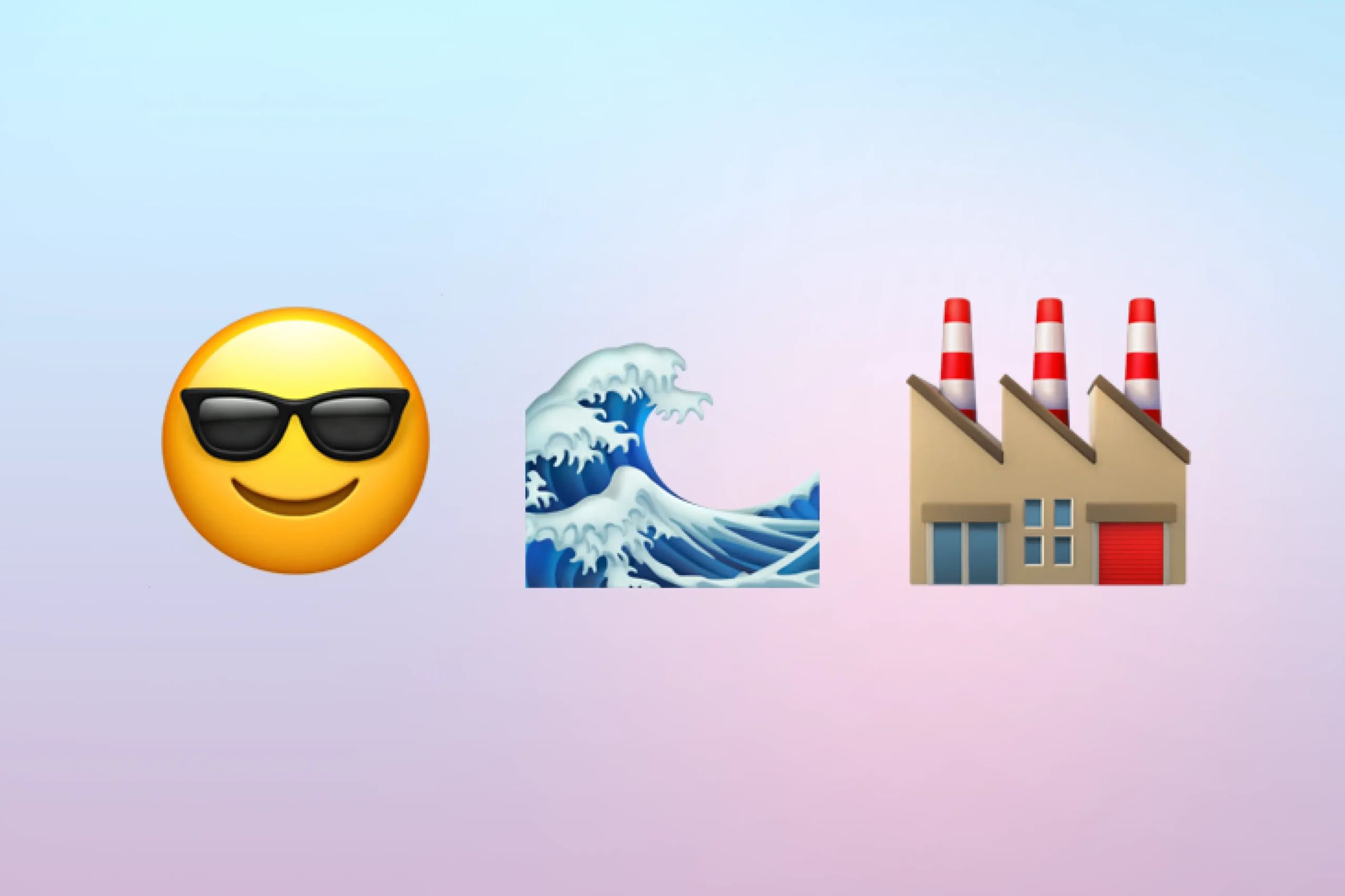Periodic Table V2, a CORAL Mini-Doc, and F*ck Exxon!

Hey climate heroes! Welcome to The Climate Roundup, where we round up the change, er the news about climate and the environment. As part of the Gen E community, we thank you for making climate action part of everyday life. (Reading this newsletter counts!)
Sign up for The Climate Roundup weekly newsletter here
In Pop Culture:
In case you didn’t know, writer and director, Adam McKay, of Don’t Look Up and The Big Short fame, also founded a nonprofit media company to continue the Don’t Look Up vibes and use satire to get people’s attention about the climate crisis. His latest creation is this Exxon spoof ad, based on quotes from Darren Woods, Evil Exxon’s CEO, who said this about consumers like you and me back in February: “The people who are generating those emissions need to be aware of and pay the price for generating those emissions. That is ultimately how you solve the problem.” “We have opportunities to make fuels with lower carbon in it, but people aren’t willing to spend the money to do that.” Corporate gaslighting indeed. Rolling Stone talks about all of this here.
Getting down to climate business:

🗓 For 12 months straight, global temperatures were above the 1.5°C threshold that the Paris Agreement holds as the goal to limit warming above preindustrial times. The year clocked in at 1.64°C above to be exact. Sure, average temperatures could dip down below this threshold again, and decade-long trends are more telling to the scientific community. But also, it’s hot, it’s been hot, and I’d bet the house it will continue to be hot, if for no other reason than because the world is not ending its bad emissions habit. The fact that we were above 1.5°C for AN ENTIRE YEAR is something we should be hearing about nonstop. That is not a good-looking chart above 👆, it’s a scary one. You’d hope that seeing the damage already being caused in these early days of 1.5, that we could really commit to ending the fossil fuel era. Anything less is, was, and will always be unacceptable.
🥵 One more temp thing that might be obvious: the streak of breaking monthly temperature records continues, as June 2024 was the hottest June on record.
😎 Ok, how about some good news?! The first U.S. solar-covered canal installation is almost finished, and sits on tribal land in Arizona. The project received funding from Biden’s Inflation Reduction Act, and will turn a half mile of the canal into clean energy for the nearby grid. With all the NIMBY’s crying about large scale solar or wind farms, the potential for smaller scale solar arrays on top of portions of the thousands of miles of federally-owned canals could be a gigawatts gamechanger. To visualize, the panels don’t float, rather they are fixed to the land on either side of the canal with the solar panels raised above the water, like a bridge. You might be thinking, ‘long stretches of that can’t be good for the organisms living in the canal’, but you would be wrong. In our warmer world, solar canals can actually prevent water evaporation and deter algae growth. Maybe the fish even enjoy the newly shaded portion of the canal.
👨🔬 Mattiq is a clean chemical startup aiming to expand the periodic table by creating new-to-Earth, clean materials used to decarbonize hard to abate industries like plastic, fuels, and chemicals. And they claim their process makes decarbonization cheaper. Sound like science-fiction? It’s not. They’re already doing it, beginning with replacing the rare metal, iridium, needed to make clean hydrogen, with alternatives they’ve created by using electrolysis to test reactions of these novel combinations of elements. It’s truly fascinating stuff, and I recommend listening to/reading this interview with the CEO to learn more. Nanoscience, baby!
Some stats
Nonprofit Highlight: CORAL
Gen E platform nonprofit, CORAL, released a short 7 min documentary about some of their work in Honduras to help the coral reefs and the communities that depend on them. The film focuses on waste management, which is something overlooked but is a major problem for island and coastal communities that have never had proper wastewater treatment infrastructure. When sewage is released into the water, it harms the marine ecosystem and human health. So CORAL partnered with local groups and government to help a Roatan community build and manage wastewater treatment infrastructure, resulting in cleaner water for their reefs and their livelihoods.



